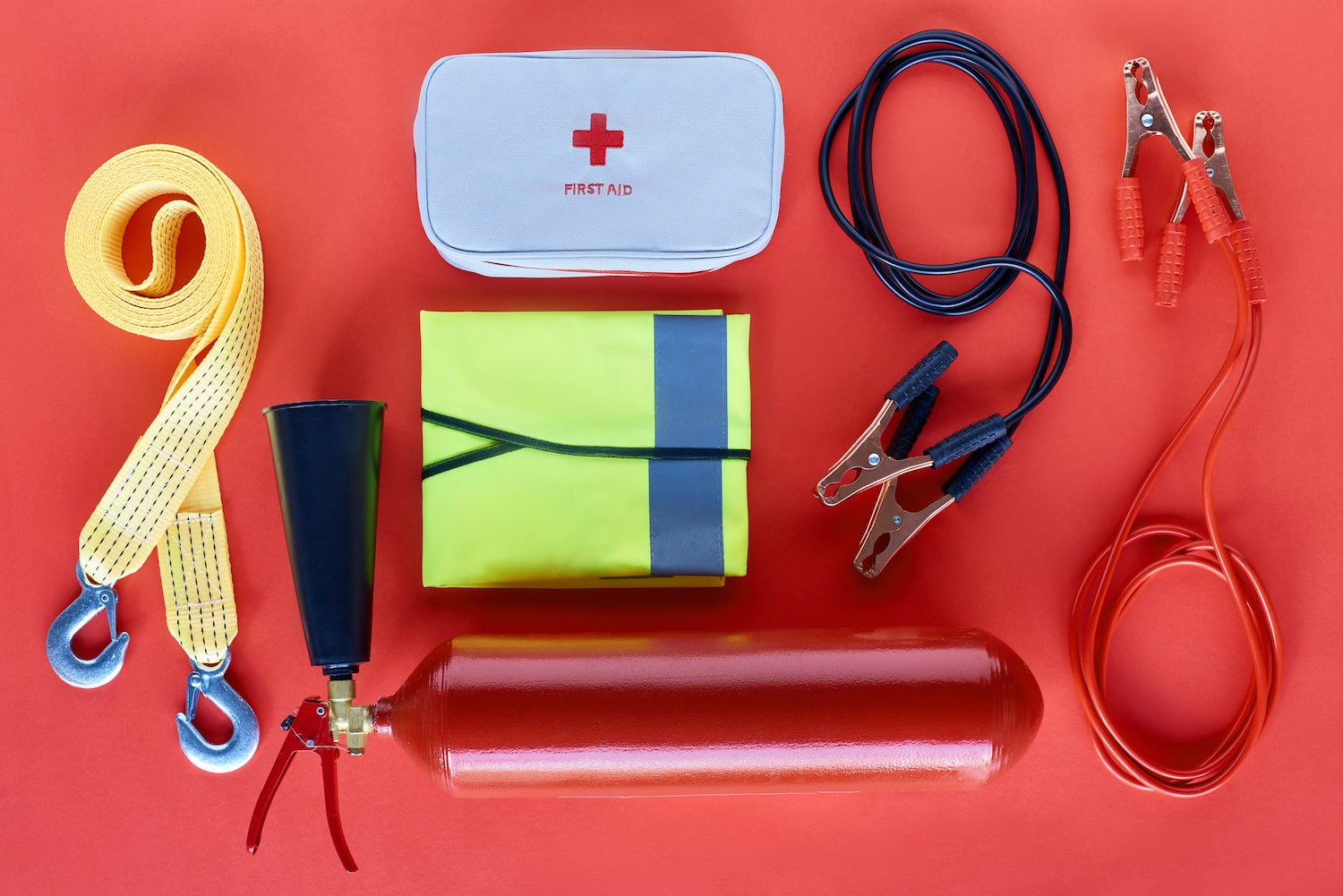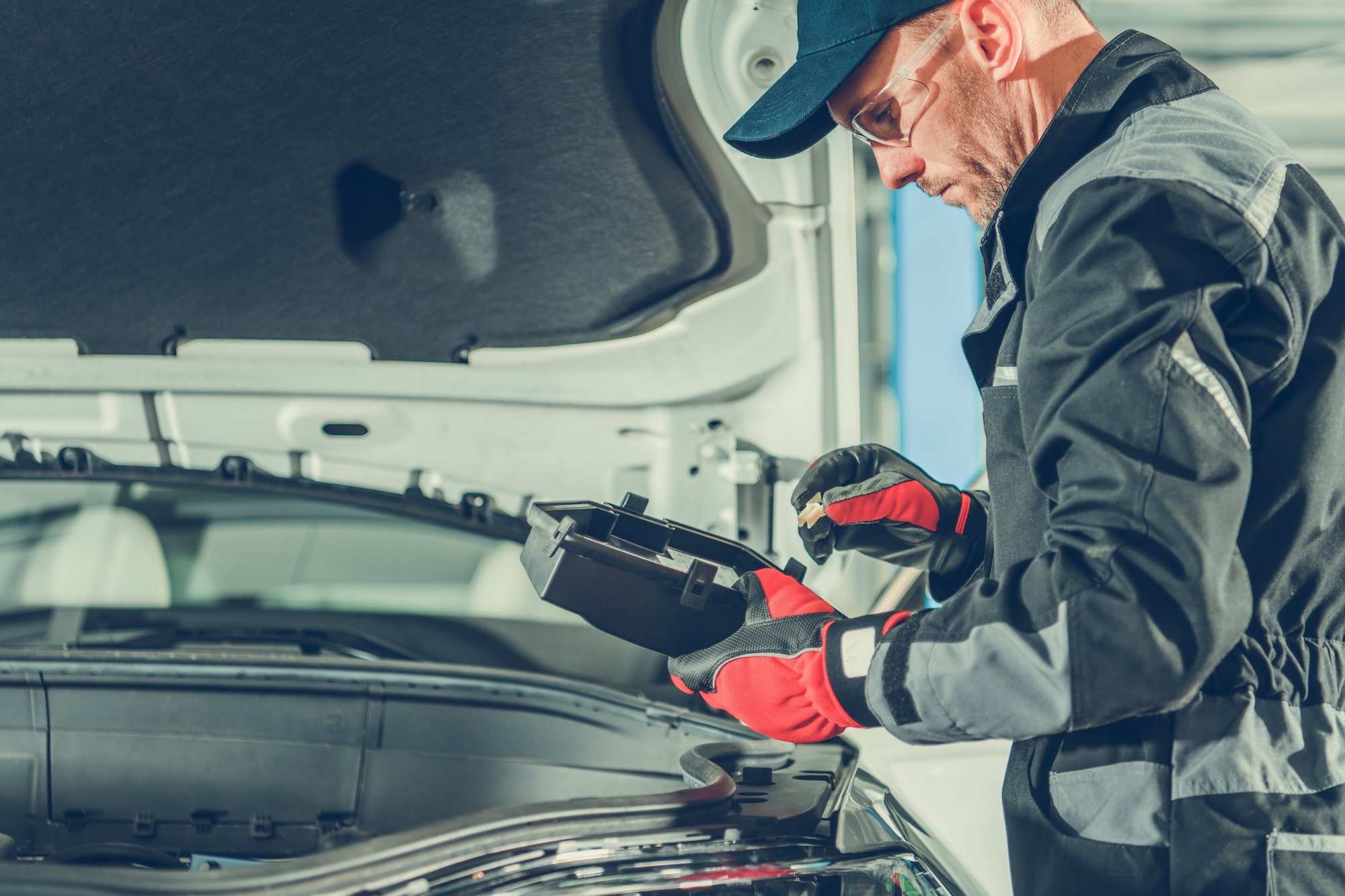Besides when we’re shipping groceries back from the store, so few of us actually put our trunks to good use. But there are so many great bits of kit you should always have when you’re out on the road, and the back of your vehicle is the perfect place for them. Find out what to keep in your car at all times!
While roadside assistance services like the AAA aim to reach broken down vehicles in as little as 21 minutes, weather and traffic conditions can turn that into hours. You don’t want to risk being stranded all that time, so we’ve put together this list of what to keep in your car.
The National Safety Council (NSC) and the AAA have their own suggested lists, but we’ve picked out the items we think you’ll find most useful to help you get back on track faster, or at least keep you comfortable while you wait.
Essential Things Every Driver Should Keep In Their Car
Regardless of the time of year, or the distance you plan to travel, there are a few things you should never leave the driveway without, including:
License and Registration
We’re sure you already knew this, but it’s the law to have your license and registration with you whenever you hit the road. Don’t forget them.
Your Owner’s Manual
Your owner’s manual is a source of invaluable information about your car, and keeping it in your trunk or glove box means you don’t have to worry about memorizing it. From recommended fuel and PSI levels to your car maintenance log, it’s all useful stuff to have close by.
Insurance and Extended Warranty Details
Your insurance and extended warranty details are also super important. If you’re in an accident, you’ll need your insurance info to give to the driver of the other vehicle. And if you break down, having proof of your extended warranty will save you stress when you get to the repair shop. Knowing you have these should you need them will help you drive with confidence.
Essential Things for Repair and Maintenance
You may have taken out roadside assistance, but having the means to get back on the road by yourself is always recommended. After all, why wait around for rescue when you don’t have to?
Just remember, always check the terms of your warranty before doing work on your vehicle. There are some things only a certified mechanic should do.
Jumper Cables
A dead battery is a major setback, but with a set of jumper cables in your trunk, you can bring your vehicle back to life. Even better, pack a battery booster too, so you don’t have to rely on another vehicle to help you out.
A Spare Tire, Tire Jack and Tire Iron
If you experience tire blowout, you’ll need to get it replaced immediately. With a spare tire and all the necessary tools to fit it, you can be driving again in no time. Some wheels require a special removal key, so keep that in your car too.
A Tire Inflator and Sealer
More of a slow puncture? A temporary tire sealer will hold things together long enough for you to get to an auto shop. Make sure to keep an inflator handy so you can get back up to the right PSI before you set off again.
A Tire Pressure Gauge
Speaking of PSI, you can’t know what it is unless you have a pressure gauge with you. Keeping your tires at the right pressure makes them last longer, improves their fuel economy, and makes driving your vehicle much safer in general.
Essential Things for Safety and Survival
When you really are stuck, certain items can keep you safe and secure until the cavalry comes:
A First Aid Kit
Anything can happen when you’re out exploring the country, but knowing there’s a first aid kit in the trunk of your car is great for peace of mind.
A Flashlight and Batteries
Getting stranded at night isn’t just something that happens in horror movies. Having a flashlight will help you navigate the darkness (and make it a lot less spooky).
A Reflective Triangle or Flares
While you’re in the dark, your vehicle will be difficult to see. By using a reflective triangle or flares, you can warn other drivers to steer clear.
A Map
GPS is great until you’re in an area with no reception. When technology inevitably lets you down, a good old–fashioned paper map is the perfect backup.
Water Bottles and Energy Bars
If it looks like assistance won’t be arriving anytime soon, you’ll need some drinks and snacks to keep you going. Water can also come in handy for other reasons, like topping up your radiator or cleaning cuts and grazes.
A Window Breaker and Seatbelt Cutter
Only necessary in the most extreme scenarios, but great to have around nonetheless. Make sure to keep them somewhere quickly and easily accessible, like your glove box.
Essential Things for Winter Emergencies
When the ice and snow settle in, you’ll need a particular set of tools to help you get from A to B:
Ice Scraper and Ice Spray
It’s important to be able to see where you’re going, but ice can be tough to remove from your windshield. This double-pronged attack gets rid of it fast.
Coats and Blankets
You may be warm while the heating is on, but if you break down, things will get very cold, very quickly. Having a warm coat close by, and maybe some blankets too, means you won’t freeze while you wait for rescue.
Some Cardboard or Carpet Cuttings
When driving in snow (or mud, for that matter), if your tires lose traction, you can find yourself going nowhere. By placing a few sheets of cardboard or a piece of carpet under each wheel, you’ll be on your way again in no time.
It’s Better to Be Safe Than Sorry
Just like buying an extended warranty, it’s always better to have these things and never use them, than be stuck without them should the worst happen. It might sound like a lot, but pack them into a duffle bag in your trunk and they’ll take up next to no room—so there’ll still be plenty of space for those groceries.
For more info on extended auto warranties, head over to our overview guide to learn more.





